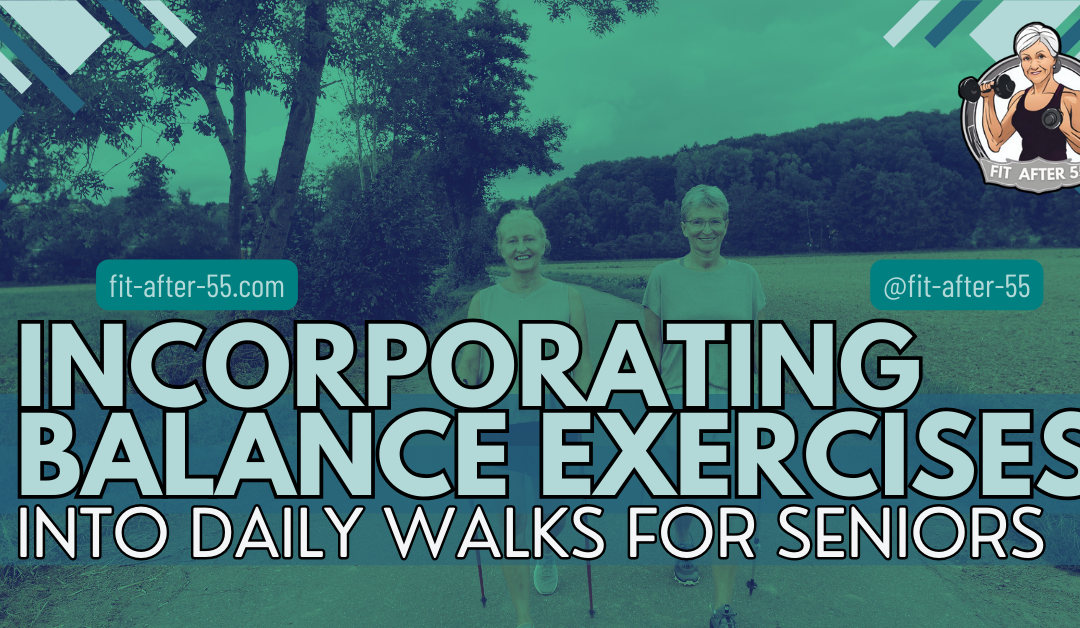Incorporating balance exercises into daily walks can be a game-changer for maintaining your health and vitality as you age. As we grow older, stability becomes a crucial aspect of our overall well-being, influencing everything from our mobility to our confidence. For seniors and health enthusiasts alike, finding simple, effective ways to enhance balance can lead to a more active, enjoyable lifestyle. This article will guide you through easy steps to seamlessly integrate balance exercises into your daily routine, helping you stay steady on your feet and boosting your quality of life.
Incorporating Balance Exercises into Daily Walks: A Path to Improved Stability and Senior Health
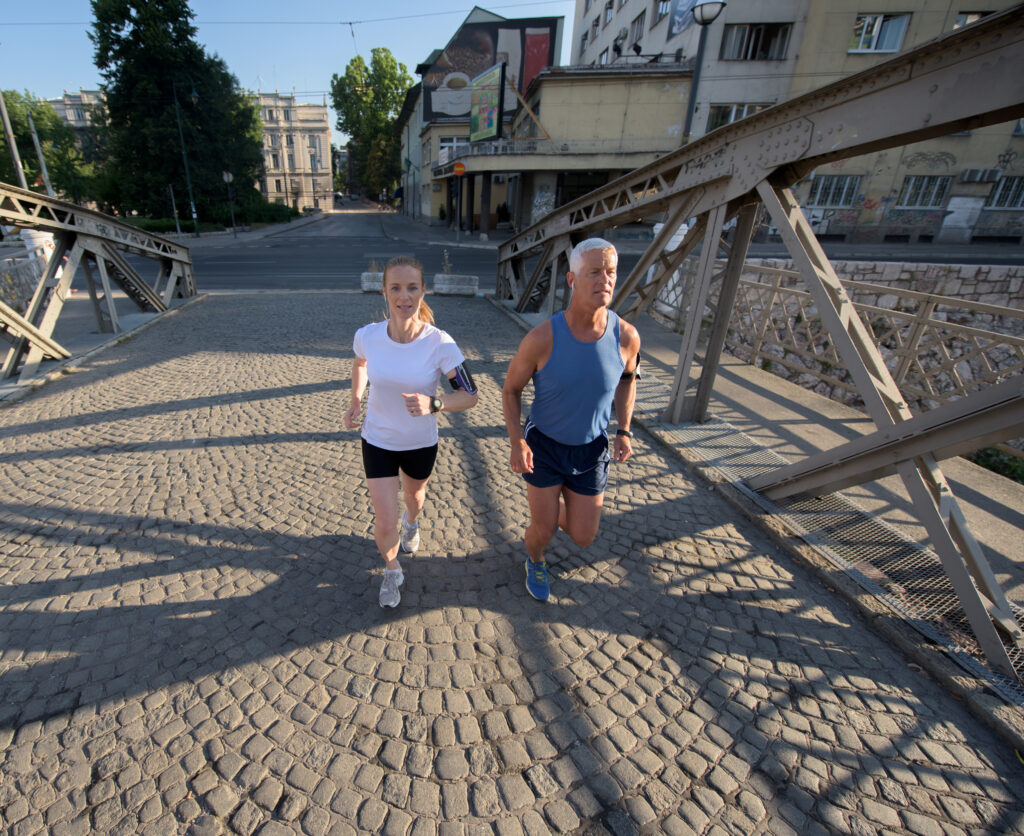
Balance is so crucial for senior health! Indeed, it can make the difference between healthful aging and pain or even death. But simple exercises can make a big difference. As we age, our body undergoes changes that can impact our stability, making falls a common concern for seniors. In fact, the Centers for Disease Control and Prevention (CDC) reports that one in four Americans aged 65+ falls each year, with falls being the leading cause of both fatal and non-fatal injuries in older adults.
You might be wondering just how significant this issue is. Well, these incidents often lead to a loss of independence, a fear of falling, and a reduced quality of life. But here’s the silver lining: incorporating balance exercises into daily routines like walking can significantly reduce these risks.

This isn’t just about preventing falls; it’s also about enhancing overall mobility and confidence in everyday activities. Balance exercises train your body to control and maintain its position, whether you’re moving or still. This training can help you react swiftly if you ever start to fall, potentially preventing the fall or reducing its severity.
You’re going to find out how to seamlessly integrate these exercises into your daily walks, which will not only improve your balance but also add variety to your exercise routine. I’ll guide you through identifying opportunities within your walk for balance training and provide a step-by-step approach to incorporating these essential exercises into your routine safely.
Key Takeaways
- Enhanced Stability: Balance exercises during walks reduce fall risk and improve overall mobility.
- Boosted Confidence: Improved balance leads to greater independence and self-assurance in daily activities.
- Holistic Benefits: These exercises enhance physical health, cognitive function, and mental well-being.
- Simple Integration: Easy-to-do exercises can be seamlessly incorporated into your daily walking routine.
Integrating Balance Exercises into Daily Walks
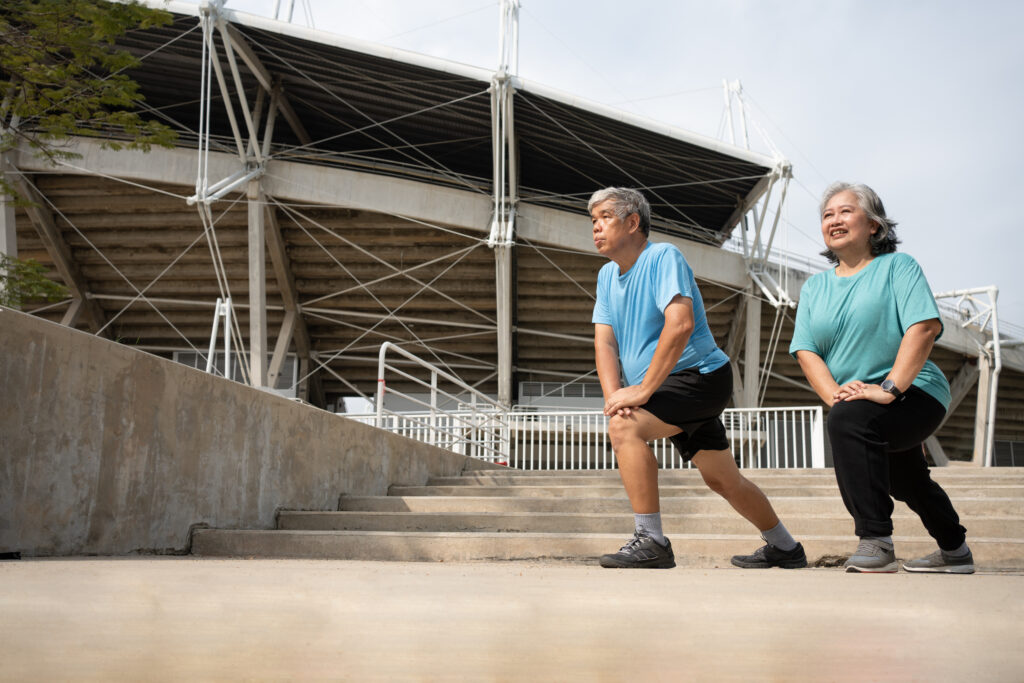
Now, you’re going to find out about taking your regular strolls to the next level by adding some balance exercises into the mix. These aren’t just simple movements; they’re strategic steps to help keep you steady on your feet and enhance your day-to-day wellness.
Seamlessly Integrate Balance Exercises into Your Walks
Don’t worry too much about uprooting your current walking routine; these exercises are meant to seamlessly blend into what you’re already doing. I’m going to walk you through a step-by-step guide on how to fold simple balance exercises into your walks:
1. Start with a warm-up: Begin your walk at a leisurely pace to loosen up your muscles. After about five minutes, slow down and include some standing balance moves like leg lifts or side stepping.
2. Take advantage of stops: Use moments when you’re waiting to cross the street or pausing to admire a view to practice standing on one leg or doing heel-to-toe stands.
3. Incorporate dynamic movements: While walking, intermittently perform dynamic balance exercises like walking heel to toe, adding short periods of backward walking, or doing gentle lunges forward.
4. Engage your core: Keeping your core tight as you walk helps support your entire body. Intermittently check in and tighten your abdominals as you move.
5. Cool down: Wrap up your walk with a cooldown period where you gradually reduce your pace and finish off with some stretches to maintain flexibility.
Safety always comes first, so choose something that resonates with you and your comfort level. If you feel unsteady, use a walking stick or ask a friend to join you for support.
Now, after incorporating these balance enhancements, you may be wondering how to adjust them to your personal fitness journey or how to keep challenging yourself as you improve. That’s going to include creating a tailored plan that adapts to your growing strengths and abilities.
Customizing Your Balance Exercise Routine
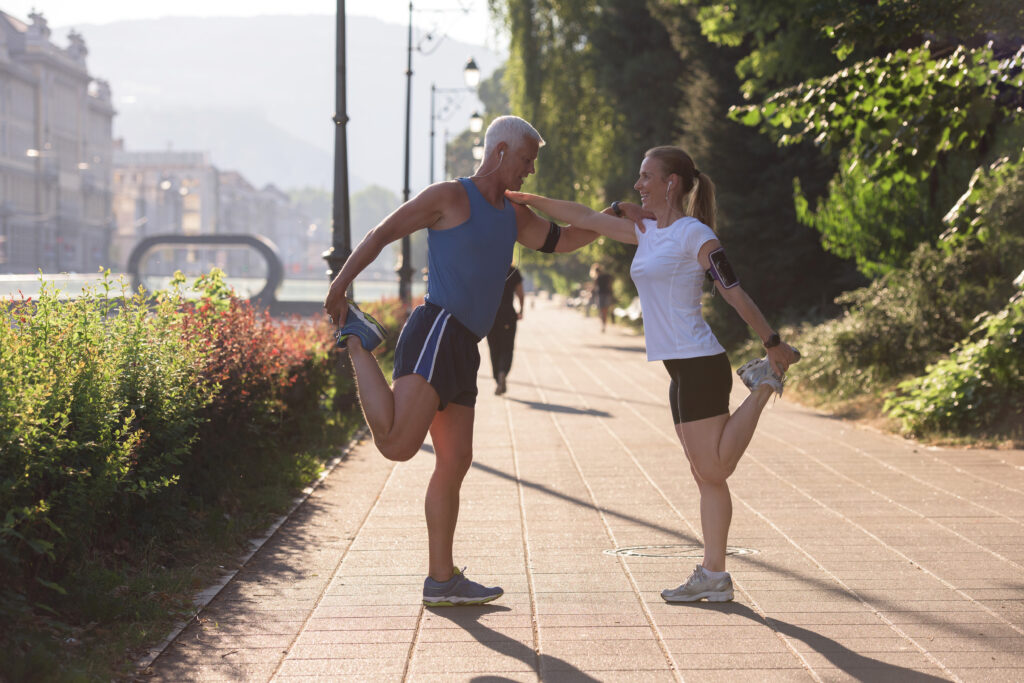
Customizing your balance exercises begins with understanding your current fitness level and any mobility issues you may have. Consulting with a doctor or physical therapist can provide valuable insights to ensure your exercises are safe and effective.
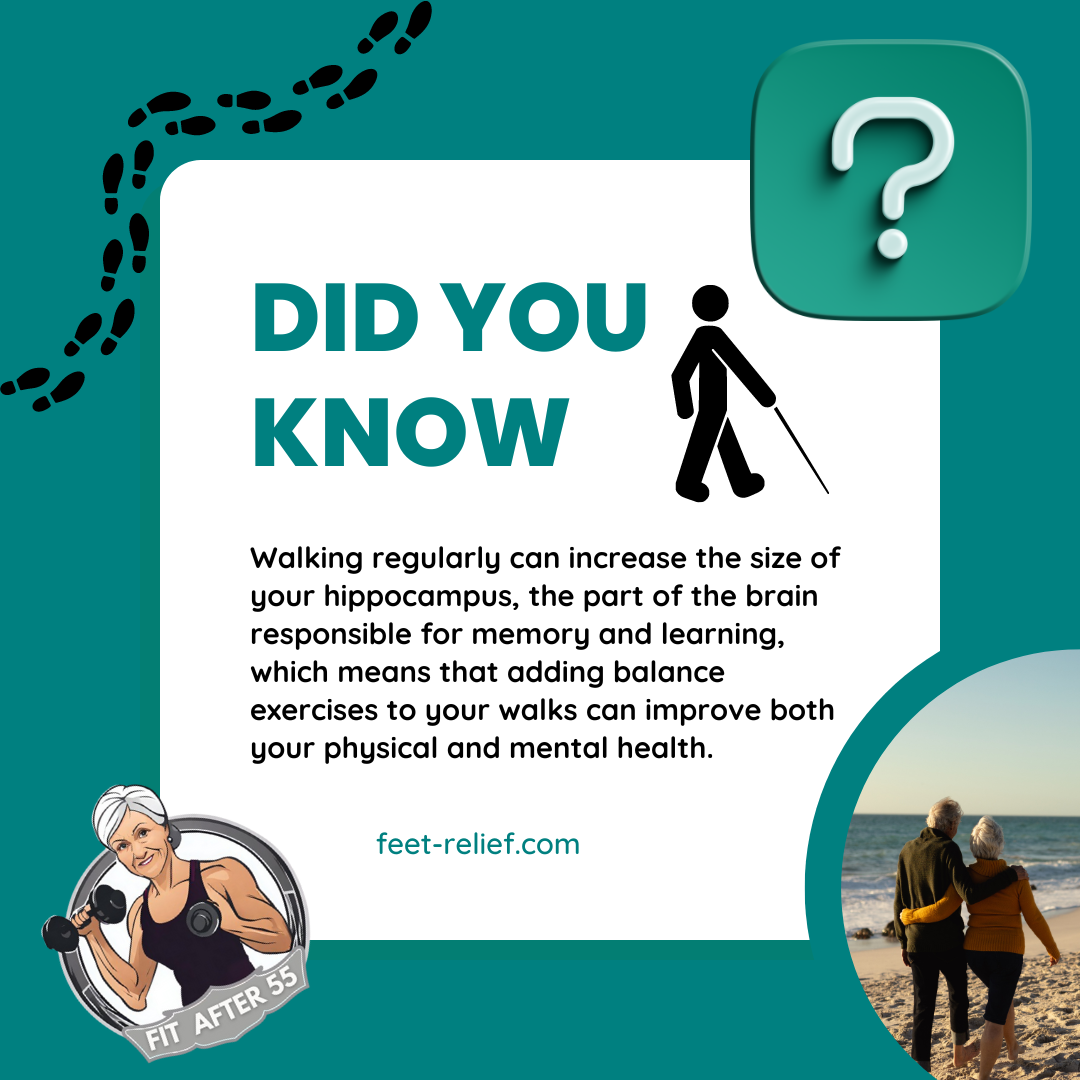
Tailoring Your Balance Exercises
To tailor your exercises to your needs, start with simple movements such as standing on one leg while holding onto a sturdy object. Progress gradually by reducing support or increasing the challenge with a less stable surface.
Building a Progressive Workout Plan
A progressive workout plan ensures continuous improvement and helps prevent plateaus. Increase the duration and difficulty of your exercises over time to keep yourself challenged.
Using Walking Aids and Tools
If balance is a concern, don’t hesitate to use walking aids like poles or small weights. Choose tools that enhance your stability and comfort during exercises.
Listening to Your Body
Pay close attention to how your body responds to exercises. If you feel any pain or discomfort, modify the exercise to suit your needs and ensure your safety. Prioritize comfort and confidence with your chosen tools.
Tracking Progress and Maintaining Motivation
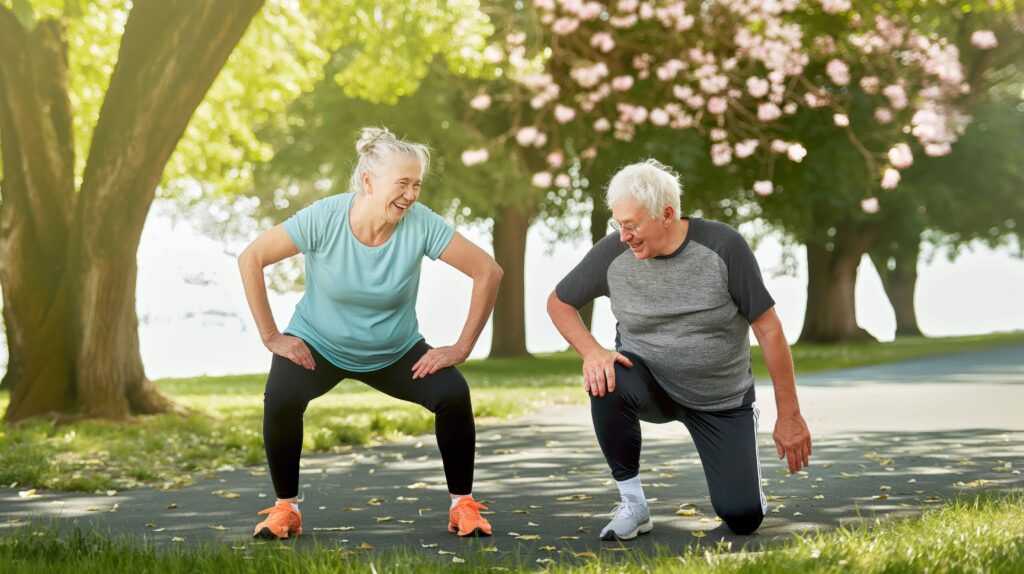
Now, if you’re going to stick with a new exercise routine, seeing your progress and staying motivated are key. Let’s talk about tracking your balance workout’s success. Use a simple journal or an app to note your daily activities; this isn’t just about accountability, it’s also about celebrating your wins. Over time, you’ll see how much longer you can stand on one foot or how many more steps you can take without support.
Setting goals is a powerful way to keep yourself engaged. Your goals could range from ‘walk to the corner store without a rest’ to ‘join the grandkids on a nature hike’ – choose something that resonates with you. Small, incremental objectives give you something to work towards, and there’s immense satisfaction in ticking them off one by one.
Don’t worry too much about hitting every milestone with ease – your first attempt doesn’t need to be your last. Consider it a learning experience where you can always adjust your approach down the road. Remember, staying consistent is far more important than being perfect.

Finally, look for walking groups or community programs for seniors. Surrounding yourself with like-minded individuals can provide a supportive environment that’s both inspiring and encouraging. It’ll also make the whole experience more enjoyable. When you walk with others, you’re not just exercising – you’re creating connections, sharing stories, and building a community around better health.
In my opinion, incorporating balance exercises into your daily walks is a game-changer for seniors aiming to improve their quality of life. By tracking your progress and finding your motivation, you stand firm on the path to enhanced stability, confidence, and freedom. I really hope that you find these tips helpful and that they encourage you to take that next step – literally and figuratively – toward a healthier, balanced future.
Enhancing Mental Well-being Through Balance Exercises
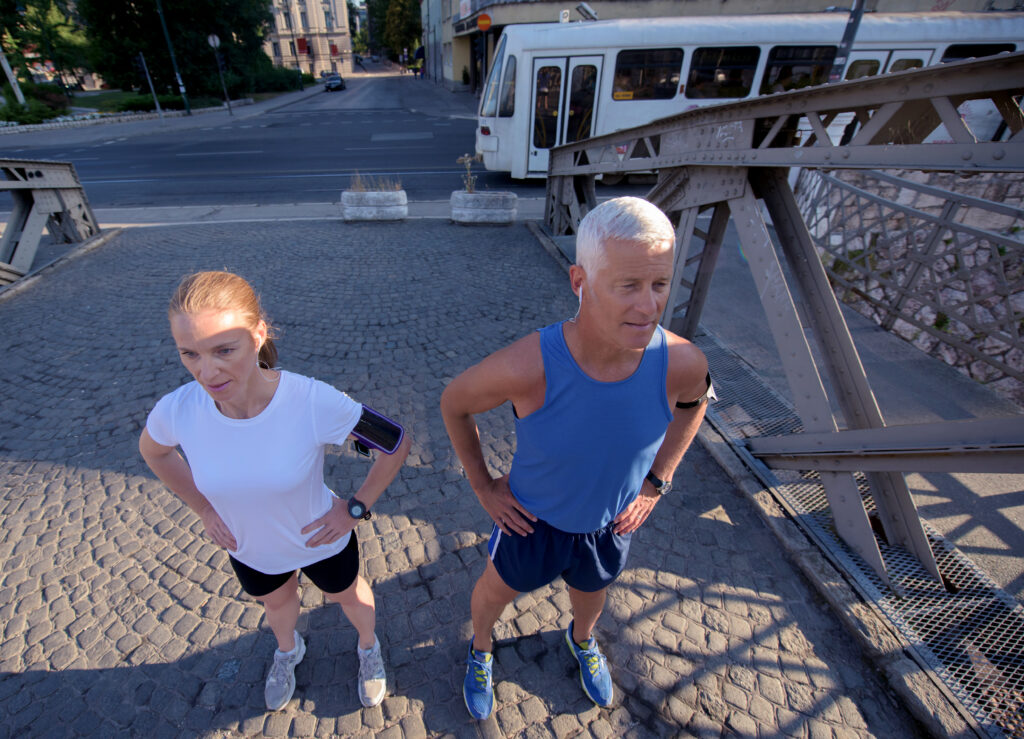
In addition to improving physical stability, integrating balance exercises into daily walks can have a positive impact on mental well-being. Engaging in these exercises can help reduce anxiety and stress, enhance mood, and provide a sense of accomplishment. By focusing on mindful movements and being present in the moment during your walk, you can further boost the mental benefits of your exercise routine.
Mental Benefits of Balance Exercises
| Benefit | Explanation |
|---|---|
| Reduces anxiety and stress | Physical activity, including balance exercises, helps release endorphins that improve mood. |
| Enhances mood | Regular exercise is linked to reduced symptoms of depression and overall improved emotional state. |
| Provides a sense of accomplishment | Achieving goals in balance exercises can boost self-esteem and increase motivation to continue. |
| Fosters mindfulness and relaxation | Being present during exercises can promote relaxation and reduce symptoms of anxiety. |
| Improves overall well-being | The combination of physical and mental benefits leads to a higher quality of life. |
Additional Benefits of Incorporating Balance Exercises into Daily Walks
In addition to enhancing physical stability and mental well-being, incorporating balance exercises into your daily walks offers a wide range of benefits:

| Benefits | Explanation |
|---|---|
| Improved Cognitive Function | Balance exercises require concentration and focus, improving memory and attention. |
| Better Posture and Alignment | Strengthen core muscles, improving body positioning and reducing muscle strain. |
| Enhanced Joint Stability | Strengthen muscles around joints, improving stability and reducing injury risk. |
| Increased Energy Levels | Promote circulation, deliver oxygen and nutrients, reducing fatigue. |
Long-Term Independence: Maintaining balance and mobility supports independence as you age, enabling continued enjoyment of daily activities.
- Social Interaction: Joining walking groups incorporating balance exercises can reduce isolation and improve well-being.
- Prevention of Chronic Conditions: Regular physical activity, including balance exercises, reduces the risk of chronic diseases.
Incorporating Balance Exercises into Daily Walks: Conclusion
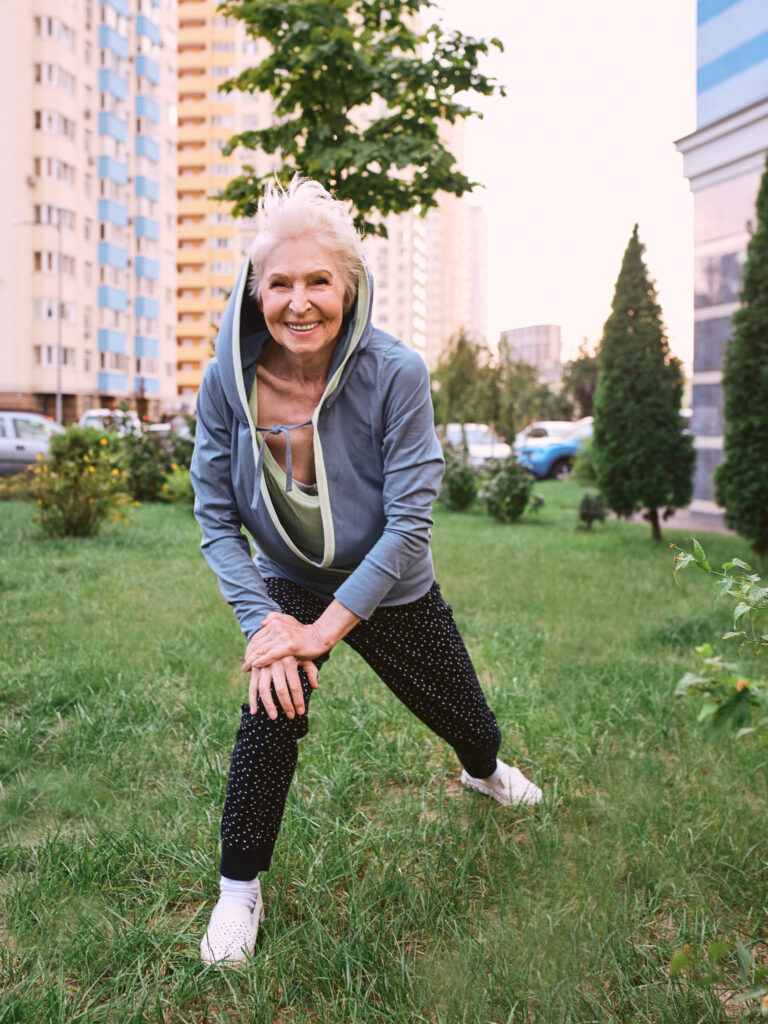
Incorporating balance exercises into daily walks is not just a preventive measure but a pathway to a healthier, more confident you. We’ve discussed the importance of balance in reducing fall risks, enhancing mobility, and boosting overall confidence. By seamlessly integrating these exercises into your walking routine, you can significantly improve your stability and day-to-day wellness. From simple warm-ups and dynamic movements to mindful cool-downs, these strategies are designed to fit effortlessly into your life.
Tailoring your balance exercises to your fitness level ensures safety and effectiveness, while tracking your progress keeps you motivated and focused. Remember, the mental benefits are just as significant, helping reduce anxiety, elevate mood, and foster mindfulness.
We hope these tips inspire you to take proactive steps towards enhancing your physical and mental well-being. Here’s to your journey towards a balanced, healthier future. Stay active, stay balanced, and enjoy the many benefits that come with incorporating balance exercises into your daily walks.
FAQs about Incorporating Balance Exercises into Daily Walks
Why should I incorporate balance exercises into my daily walks?
Balance exercises enhance stability, reduce the risk of falls, improve posture, and increase joint flexibility. They also contribute to better cognitive function and overall energy levels, making your walks more effective for both physical and mental health.
Can I do balance exercises during my regular walk, or do I need a separate session?
Yes, you can integrate balance exercises into your regular walk. Simple activities like standing on one leg, walking heel to toe, or doing side steps during pauses can significantly improve your balance without needing a separate session.
What are some easy balance exercises I can incorporate into my daily walks?
Easy balance exercises include leg lifts, heel-to-toe walking, and gentle lunges. You can also practice standing on one leg or doing side steps during breaks in your walk. These exercises can be seamlessly integrated into your routine to enhance balance and overall well-being.
Discover the Fit After 55 Community!
Explore engaging content, insightful product reviews, and connect with a passionate community dedicated to elderly fitness and overall wellness.
Visit our official website and join the conversation on Facebook. Start your journey to a healthier lifestyle today!

